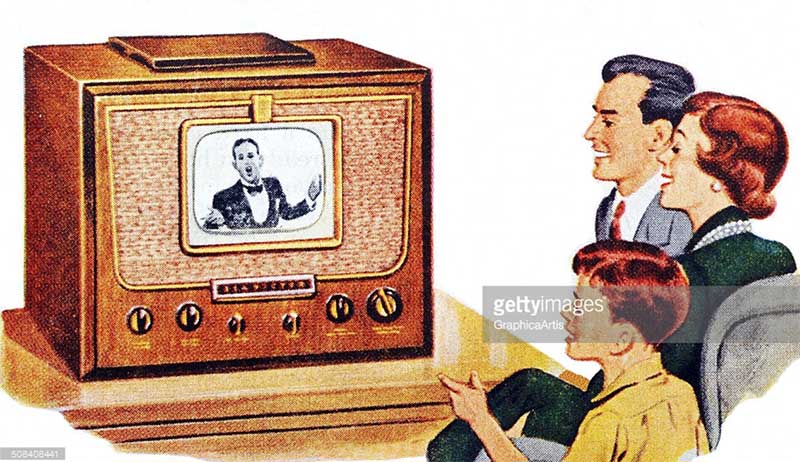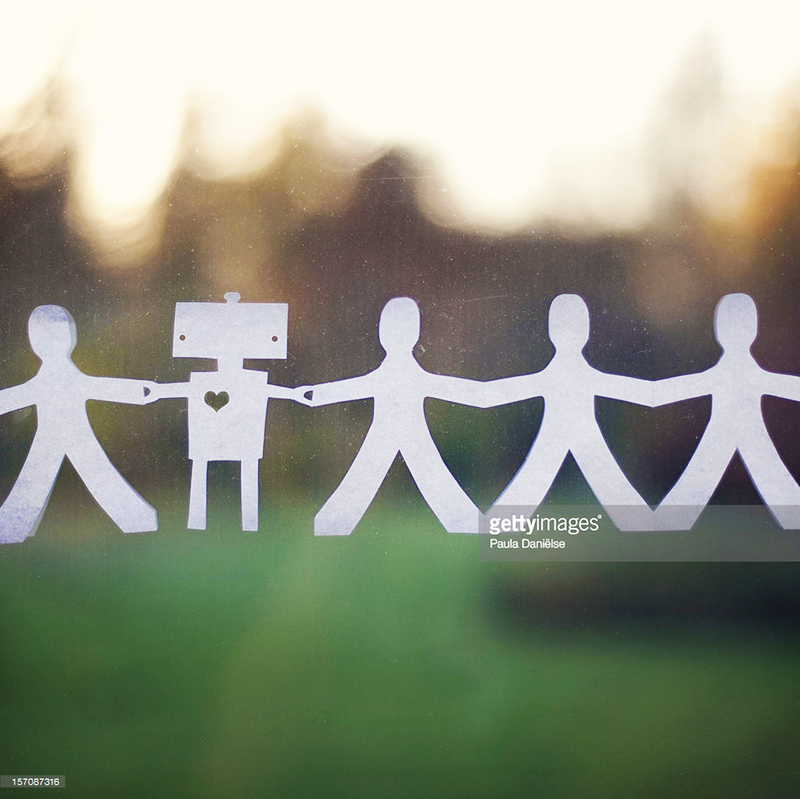
Photo Credit: Dan Dalton – 521811539. gettyimages.com
Building Customer Affinity Through MBTI
Because I am a business/data analyst, it’s tempting for me to believe that data is the savior of, well, everything. Unfortunately, that’s not the case. It is especially not the case in the area of marketing and customer engagement. After all the data is collected, after the insights have been gathered, many companies still find customer engagement a difficult task. There are a number of reasons for this, but in my opinion, the primary reason that brands and marketers still find connecting with customers difficult is that they rely too heavily on marketing as an outgrowth of business strategy — rather seeing marketing as an outgrowth of customer connection. What does this mean? I think that while marketers have an enormous amount of data available to them, they don’t understand how to think like their customers think. I touched on this a couple of weeks ago in the post, Why Isn’t Cognitive Branding a Thing? As a business/data analyst, I have watched companies grapple with implementing data systems to measure digital marketing efforts. Yet, anyone who understands the analytics world, also understands that data requires context. Context in business comes from your customer. There have been many instances when I wished that I could tell a marketing director or CIO that your problem is not only your inability to quantify your corporate data, you also have an organizational issue because you clearly lack interest in your consumers; moreover, you have no idea how they think. I can’t do that in real life, but I can blog about it. So, welcome to a new, three-part cognitive branding series called Building Affinity. This series focuses on the importance of understanding your customer from a cognition perspective. I hope you’ll find it helpful and interesting. Whatever your thoughts, let me know. I truly appreciate the feedback.
Customer Connection is Currency
That customers are the life blood of any business is one of those truisms so often repeated, it has a tendency to become the stopping point of the conversation, as opposed to what it should be — a beginning. Customers as the life blood of any brand or company should be a guiding manifesto, a reset point for every new product, for every new service and, indeed, for the existence and foundation of the company itself. A company with employees, but no customers, isn’t a company, it’s a club. Yet, even with the power to more easily connect and gain feedback from consumers, many businesses are so overwhelmed by implementing the technologies associated with customer engagement, that the far more important requirement of formalizing a customer-centric organizational model is barely on their radars. In a 2014 survey by the Association of National Advertisers, marketers bemoaned this difficulty, as many of the respondents identified the need “to ensure that the voice of the customer informs business strategy” as a critical business requirement.
Attention, Please!

Photo Credit: Justin Horrocks – 174699341. gettyimages.com
The need to change organizations to better understand, connect, and engage with customers has long passed the tipping point. Customers now have access to a wealth of information about the products they buy. As Cognitive Psychologist, Daniel J. Levitin, writes in his book, The Organized Mind, In 1976, the average supermarket stocked 9,000 unique products; today, the number has reached 40,000. Yet, the average consumer gets most of their needs met in 150 different supermarket items, requiring them to ignore 39,000+ choices of equal, or possibly superior, quality. The human brain is remarkable, with an attentional filter that has evolved to ignore irrelevant or unimportant information. This attentional filter, combined with the overwhelming number of choices available in the marketplace, serves to make consumers far more resistant to marketing messages than preceding generations of buyers. It is a far cry from the Mad Men era, that generation of ad men who cut their teeth on the 4 P’s of Marketing as identified by E. Jerome McCarthy: Product, Pricing, Placement, and Promotion.
Pull Me, Don’t Push Me.
Previous generations of marketers were spoiled by a set of limited, yet clearly defined, channels in which to “evangelize” their marketing message. Those days are well and truly gone. Anymore, using mass marketing to push a product is a failing strategy; as is hoping that today’s consumers will pay attention to your product simply because it exists. Even content development, the great savior of the digital marketing age, is losing effectiveness as consumers are now starting to tune out content due to the clamor of what marketing strategist, Mark Schaefer, calls content shock — too much content from too many sources eating up the bandwidth of your ideal consumer’s attention span. It had to happen at some point, right? In the end, we must all face the fact that marketing-as-usual is no longer a viable strategy for today’s marketplace. It is a marketplace in which organizations in search of a concrete strategy for repairing the disconnect between brand and customer have to stop focusing on superfluous management theories and start worrying about making their business, their brand, their organization, customer-centric. From the ground up. From top to bottom. From inside to outside. Consider a more modern interpretation of McCarthy’s 4 Ps, one founded in customer-centricity. These days, product development is as much, or more, about customer and influencer collaboration than it is about an actual product (after all, MAC cosmetics did not have to do much in the way of product development or innovation to offer Taraji P. Henson’s very successful product line). Placement (distribution) occurs through the integrated omni-channel (bricks, digital, and social). Social distribution focuses on non-physical products, including e-books, conceptual ideas, and even branding. Promotion is achieved through influencers like Chiara Ferragni, and delivers engaged customers through user-generated content, as opposed to advertiser-created content. Pricing elasticity is variable, determined by a whole host of factors, including customer demographics, customer value, and corporate geo-location strategies.
You Better Work That Attention Economy!
Clearly, the technologies that allow businesses to connect with consumers are many. Even so, your customers, overwhelmed by the noise of an overcrowded marketplace, are likely to filter out any brand message that lacks what Kevin Kelly of Wired Magazine calls, valuable intangibles. These valuable intangibles cannot be reproduced. Their value is determined by the customer, not the brand. In fact, according to Kelly in his 1998 book, New Rules for the New Economy, consumers really should be called prosumers. The term, copped from futurist, Alvin Toffler, highlights a marketplace in which consumers are co-developers of brand value. More and more, the role of business is to enable consumers, who then take the product or service and assist in developing value, many times in ways that the business itself might not have foreseen. It’s like a blogger who shares knowledge and understanding of a certain cognitive perspective, hoping to encourage brands and organizations to better serve the population to which she belongs. . . Hmmm.
Cognition, A Path to Connection
To remain relevant in today’s noisy marketplace, brands have to truly know their customers. They have to understand how their customers think, meeting them with authenticity, and value at multiple points along the customer journey. Instead of focusing on this important task, too many companies spend time resisting a focus on customers because it means change, and change is difficult. These companies seem to want to wish themselves into obsolescence; but obsolescence is difficult too. If you don’t believe me, just ask yourself, if you decide to spend Friday night at home with your significant other, do you spend the evening canoodling in front of Blockbuster, or Netflix?
Again, let us know what you think. We appreciate the feedback. And, thanks to my co-writer, Mechelle Avey. Without her understanding of marketing, this article couldn’t have been written.
Check out Part 2 here.





